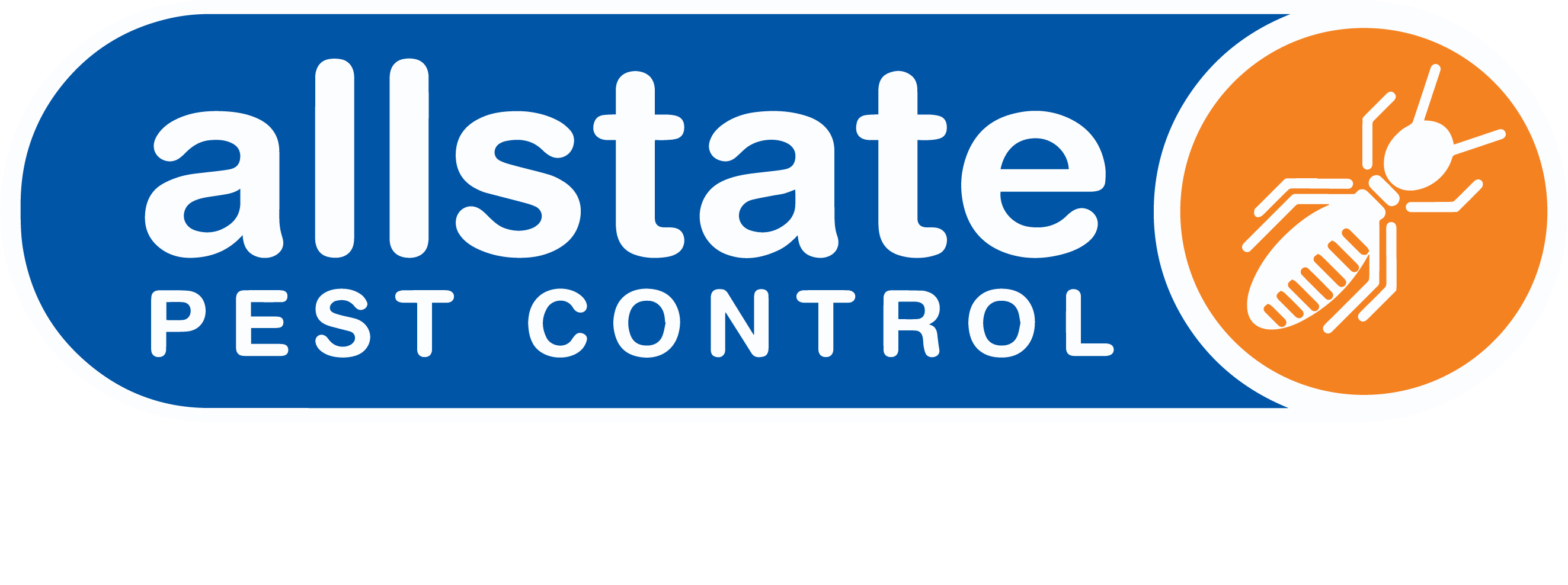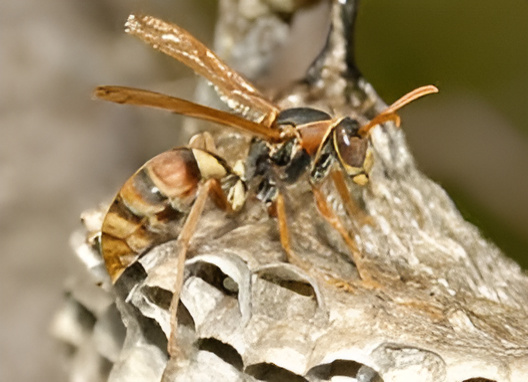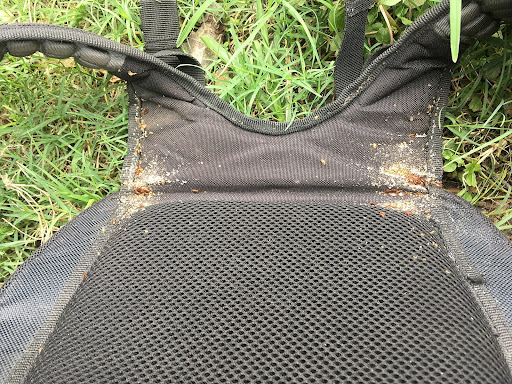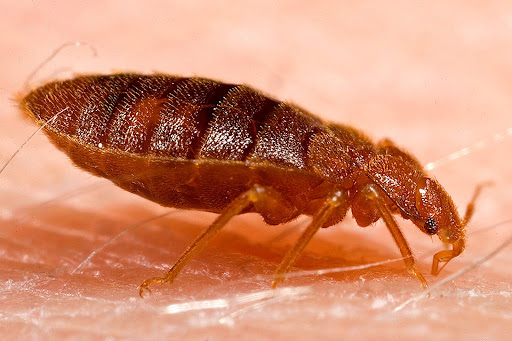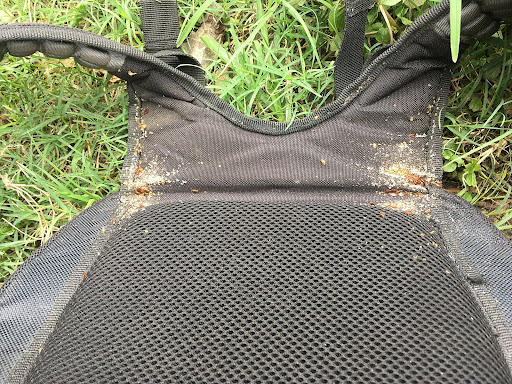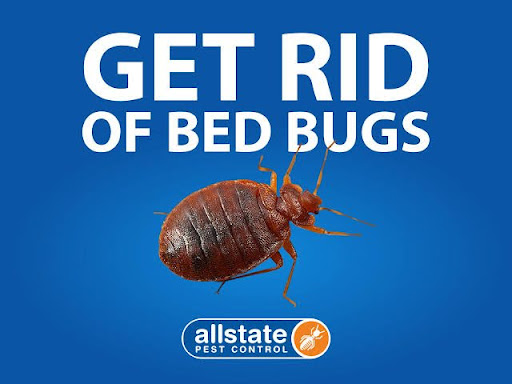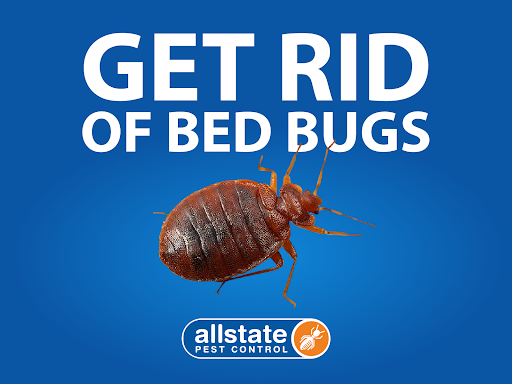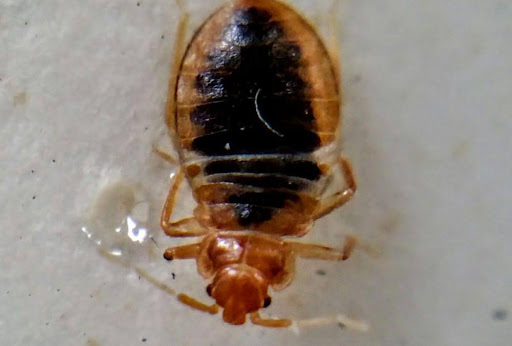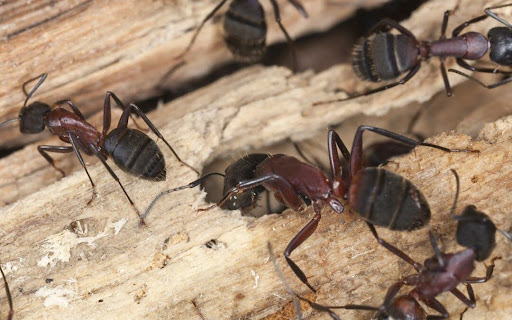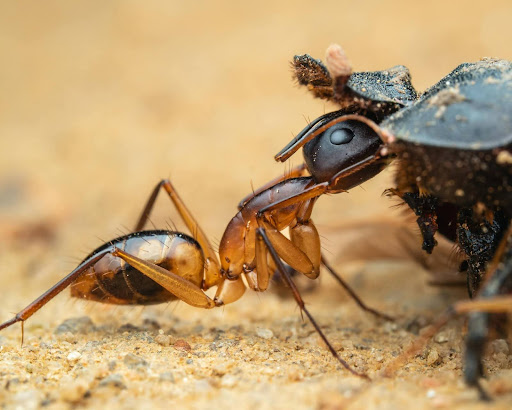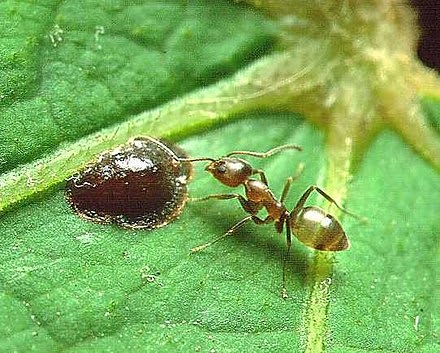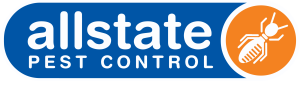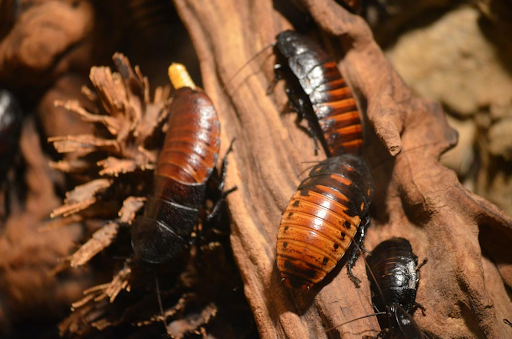
How to Get Rid of Cockroaches

Finding one cockroach in your home is unsettling. Finding more is a clear sign that something’s brewing behind the walls, under the sink, or inside your pantry. Whether it’s the German cockroach darting across your tiles or the big, noisy Australian cockroach flying at your light, nobody wants to share their home with these bugs.
So, let’s talk about it: how to manage cockroaches. In this guide, Allstate Pest Control will cover how to deter cockroaches naturally, prevent future issues, and handle severe cockroach infestations without relying on harmful chemicals.
What Attracts Cockroaches Into Your Home?
Before you can win the war, you need to understand the enemy. Cockroaches are incredibly adaptive. They don’t just turn up for a visit, and they’re not picky. They’re here because your home offers something better than what’s outside. That could be:
- Food crumbs behind the fridge
- Pet food left out overnight
- Leaky pipes under the sink
- Garbage bins without lids
- Or even just warm, dark places behind electrical appliances
Put simply, cockroaches come looking for survival essentials—and the average household offers plenty of those, even when we think things are clean.
You don’t need to be “dirty” to attract cockroaches. Even clean homes can provide the moisture and shelter they love, especially in humid environments like bathrooms, laundries, or poorly ventilated kitchens.
Cockroach Control 101: Spot the Signs Early
The earlier you notice them, the easier it is to deal with them.
Look out for:
- Droppings: Tiny black specs that resemble pepper or coffee grounds.
- Egg cases (oothecae): Brown, capsule-like cases often found in corners or behind furniture.
- A strong, musty smell: Large roach infestations produce a distinct odour.
- Live sightings: Especially in kitchens, bathrooms, and laundry areas at night.
If you suspect cockroaches in your home, act fast. A small problem can multiply into hundreds in just a few weeks.
Best Way to Get Rid of Cockroaches: Proven Methods That Work
Let’s walk through the most effective and safe cockroach control techniques used in South Australian homes.
1. Use Bait Stations Strategically
Bait stations contain attractants mixed with slow-acting substances that cockroaches bring back to the nest. They help manage active cockroaches and gradually reduce the population.
Place bait stations:
- Along walls
- Under the fridge and dishwasher
- Inside cabinets and near plumbing
Avoid placing them where you’ve used surface sprays, as that can repel the cockroach before it feeds on the bait.
2. Try Boric Acid (But Use with Caution)
Boric acid is one of the most recommended home solutions by pest experts. It sticks to the cockroach’s body and is later ingested during grooming.
How to apply:
- Lightly dust boric acid behind appliances, in cracks, and under the sink.
- Avoid areas with children or pets.
3. Use Baking Soda and Sugar Mix
Surprisingly effective, baking soda works as a homemade trap when combined with sugar.
- Mix equal parts sugar and baking soda.
- Place them in shallow dishes around areas prone to cockroaches.
- Sugar attracts them; baking soda reacts with their digestive system.
It’s a simple, pet-safe method worth trying before opting for commercial products.
4. Apply Diatomaceous Earth
Diatomaceous earth is a fine, natural powder made from fossilised algae. It damages the cockroach’s exoskeleton, drying it out over time.
- Use food-grade only.
- Sprinkle around baseboards, behind stoves, and anywhere they might crawl.
While slow-acting, it’s a reliable option for those avoiding harsh chemicals.
How to Get Rid of Cockroaches Naturally
For homes with pets, kids, or those who prefer eco-safe options, here are some natural cockroach deterrents that work.
1. Essential Oils
Cockroaches hate strong scents. Use oils like:
- Peppermint oil
- Eucalyptus oil
- Lavender oil
Mix 10 drops with water in a spray bottle. Use this around doorways, windowsills, and under cabinets to repel cockroaches.
2. Bay Leaves
A traditional and underrated hack. Bay leaves have a scent that cockroaches generally dislike. Scatter a few in pantry corners or behind appliances.
3. Coffee Grounds
Used coffee grounds can act as both an attractant and a trap. Place grounds inside a jar lined with Vaseline on the inside. Roaches climb in and can’t get out.
Prevent Cockroaches From Returning
Prevention is the real long-term solution. Once you’ve handled the cockroach infestation, keep these habits:
- Fix leaky pipes and remove sources of excess moisture.
- Empty garbage bins regularly and use lids.
- Don’t leave food out, even pet bowls.
- Seal cracks and gaps near skirting boards and walls.
- Store dry food in airtight containers.
- Vacuum and clean regularly—especially behind stoves, dishwashers, and cupboards.
According to the Australian Environmental Pest Managers Association (AEPMA), integrated pest management (IPM) is the gold standard, combining cleanliness, exclusion, and targeted controls.
Know Your Roaches: Australian, American, and German Species
There are over 450 species of cockroaches in Australia, but only a few make it indoors.
German Cockroach
Small, light brown, fast breeders. Common in kitchens. They thrive in areas with warmth and moisture. Often, the toughest to control without professional help.
Australian Cockroach
Large and reddish-brown with yellow markings. Prefer outdoors but enter homes during dry seasons or heavy rains.
American Cockroach
Also large and reddish. Often found in crawl spaces, basements, or sewer lines. Known for flying and scaring the daylights out of people.
Each type has different behaviours, which means tailored, professional treatment works best.
When to Call in the Experts
If you’re seeing cockroaches even after trying all the methods above, it’s time to get help. A pest control expert can assess where they’re hiding, what species you’re dealing with, and how severe the problem is.
At Allstate Pest Control, we offer safe, fast, and reliable cockroach control across South Australia. Whether it’s a few persistent roaches or a full-blown roach infestation, we’ve got proven methods to help you regain your space, without overloading your home with chemicals.
Frequently Asked Questions
What’s the best way to manage cockroaches fast?
Using bait stations combined with sealing food and moisture sources is often the most effective way. If the infestation is large, professional pest control is recommended.
Can I manage cockroaches naturally?
Yes. Baking soda, boric acid, essential oils, and even coffee grounds are popular home remedies. These work best for small infestations.
Why do cockroaches keep coming back?
They return when food, water, and shelter are still available. Regular cleaning, sealing gaps, and removing leftover food are key to cockroach control.
Do essential oils really work to deter cockroaches?
Yes, especially peppermint and eucalyptus. They act as a natural cockroach deterrent, but should be used consistently.
Is it safe to use boric acid around pets?
Not really. While effective, boric acid can be harmful to pets if ingested. Always use in inaccessible areas or try diatomaceous earth as a safer alternative. Or better still, call in a pest control expert for professional cockroach treatment.
